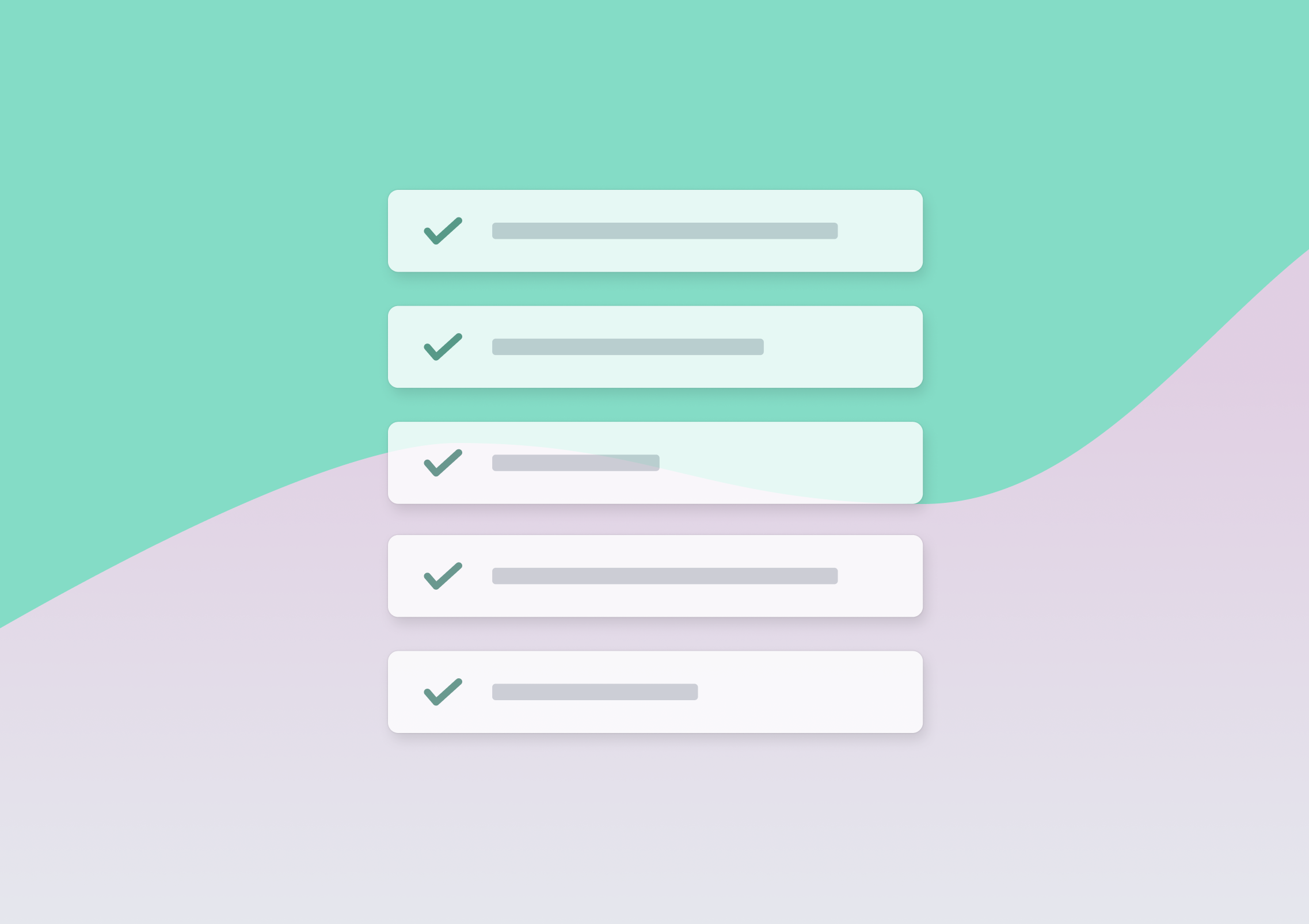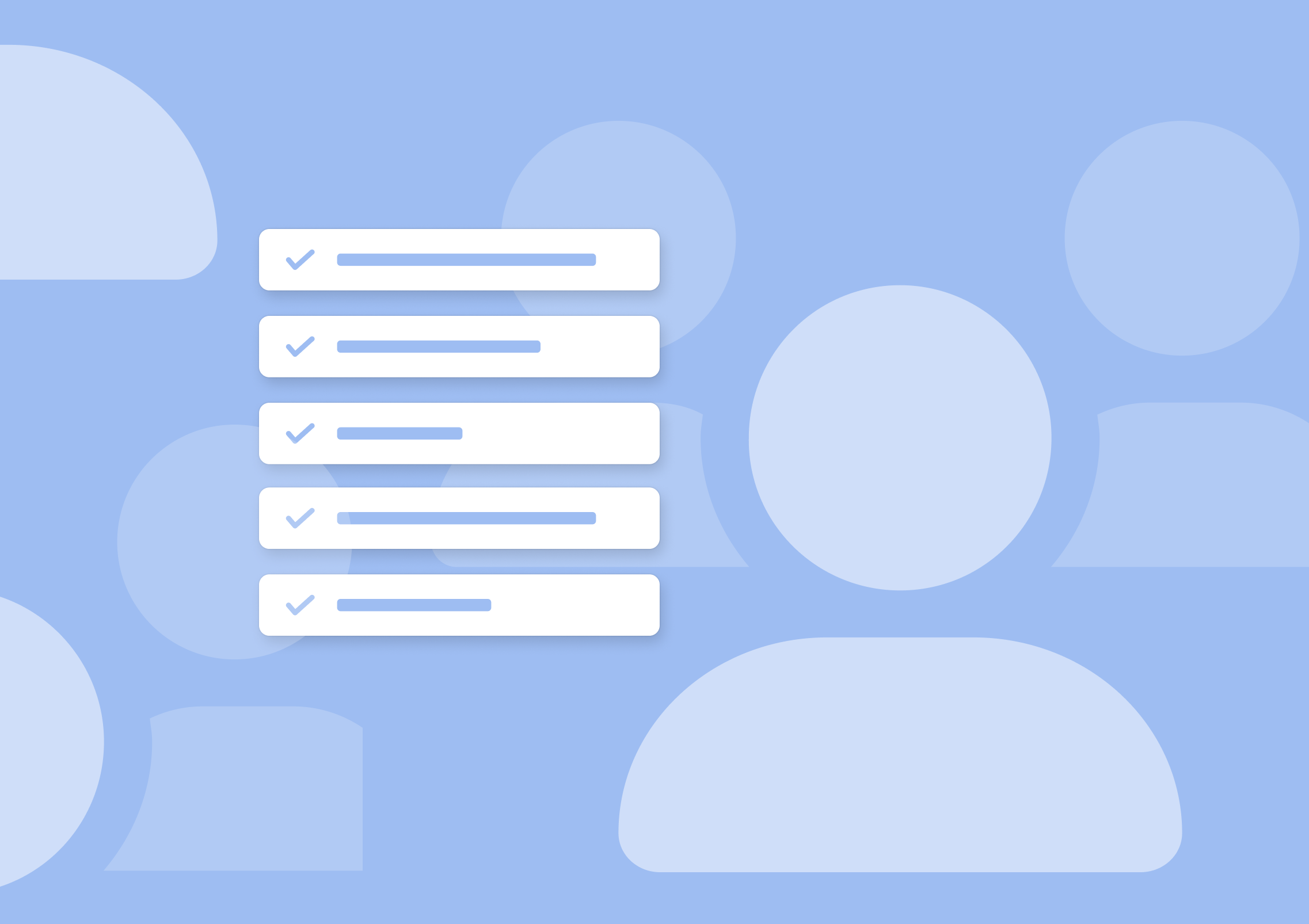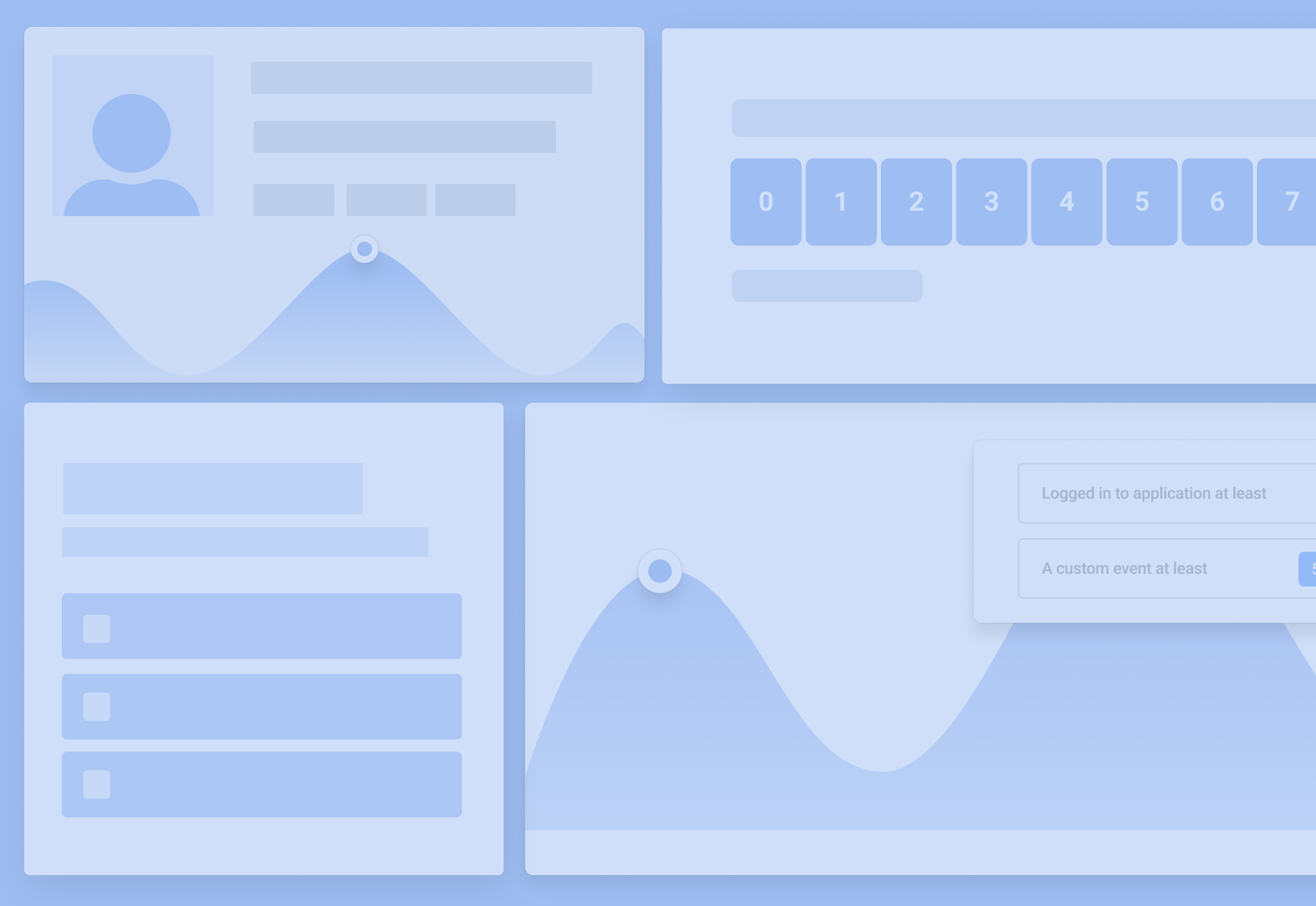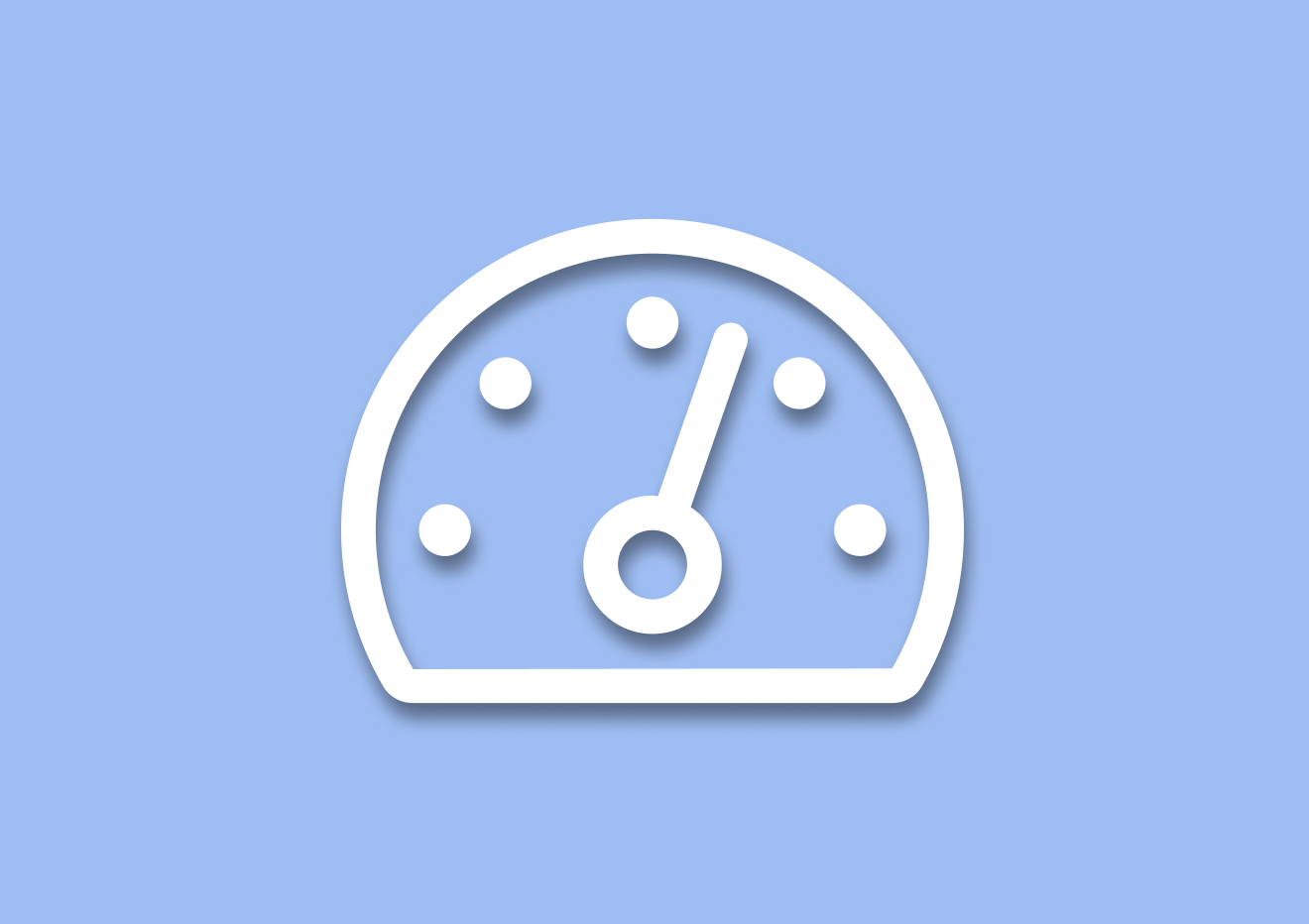NPS Frequency: What’s the Best Time to Send NPS
In this guide, I’ll show you the best NPS frequency (how often you should send out your NPS survey,) so that you collect the best responses and prevent your users from survey fatigue.
You’ll learn the following:
- How often should you send an NPS survey to collect the best possible customer insight?
- When should you be sending the survey to maximize the results
- What is a good sample size for NPS,
- What is the best time to send an NPS survey,
- What to do to evaluate customer loyalty better.
But let’s start by quickly discussing why you should care about NPS frequency
Well, it’s unfortunate but true – There is no one-size-fits-all approach to NPS.
Every company needs to make it work for itself. Naturally, the way you set and run NPS is the same for everybody. But what you ask about when you send the survey and what you do with the customer feedback it delivers may differ depending on your industry or target market.
But there’s good news, too: There are many best practices that can help you increase the survey’s success rate.
In this guide, you’ll discover 10 of the most important best practices for running Net Promoter Score (NPS) surveys. You’ll learn when to send the survey, how often, what NPS questions to ask, and how to use the customer feedback you’ll receive.
Let’s get to it, then.
What is NPS – A Quick Recap
Net Promoter Score (NPS) is a survey that you send to customers to evaluate their loyalty and likelihood of recommending your product or company to others.
The core of the NPS is a simple survey question. In its most common form, it looks like this:
“How likely are you to recommend [PRODUCT or SERVICE] to a friend or colleague?”
Customers give answers by using a rating scale of 0-10 and based on those answers, you can identify three types of customers in your user base:
- Promoters – Loyal customers who’d be more than willing to recommend you to others.
- Passives – Satisfied customers, although not as eager to recommend you.
- Detractors – Customers who are so dissatisfied that they wouldn’t mind leaving negative feedback for you and damaging your reputation.

The main outcome of running NPS surveys is that the data will give you a glimpse into how customers perceive your brand.
But simple as the process of creating and sending the survey might seem, many companies struggle with running NPS surveys.
So, below, I’ve listed 10 best practices for NPS surveys. These best practices will help you increase the response rate, boost the survey’s success, deliver more meaningful data, and help you use the NPS score to drive growth.
So, without any further ado…
10 Best Bractices for NPS Survey Frequency
#1. Match NPS frequency to the survey type
The ideal frequency for NPS surveys depends on the type of questionnaire you’re sending:
- Relationship NPS – This customer survey type measures the overall satisfaction with your brand, product, or service.
- Transactional NPS – In this case, however, the NPS measures customer satisfaction after a specific event, like a support interaction or so.
In the relationship NPS, you can send the survey at any time, as the idea is to evaluate whether the person is satisfied with your product overall.
However, you should send the transactional NPS survey only after a person has completed a specific interaction with the brand. For example, you could send it after they’ve had their support ticket closed. Or include a link to the survey in the post-chat message displayed after a person has received support over live chat.
Below I’ve outlined the best times to send NPS surveys in each scenario.
#2. Send relationship NPS surveys at predefined intervals, depending on the person’s engagement with your product or brand
Here are the best times to send an NPS survey:
- 3-5 days after the free trial for SaaS businesses on a free trial model. Send this survey only to users who have canceled the trial or haven’t upgraded to the paid version.
- 30 days after the initial conversion for SaaS businesses with monthly billing cycles. Send these surveys to users who have upgraded from a free trial or who have signed up for the paid version if you have a freemium SaaS tool.
- Every 3, 6, or 12 months continuously measure the loyalty and satisfaction of your users, regardless of your business model.
- 3-5 days after launching a new core feature, a redesign, or a pivot.
Don’t overwhelm your users with too many relationship surveys if nothing changes in the big picture of your product.
However, if you’re planning a significant change like a redesign or a pivot, measuring the net promoter score before and after the change is a must.
#3. Send transactional NPS surveys after meaningful interactions with your brand
For transactional NPS surveys, the best timing is after every meaningful transaction. This doesn’t apply only to e-commerce companies, where transactions are the actual purchases.
In SaaS businesses, any meaningful interaction can be considered a transaction, whether it’s a sign-up or a chat with your customer support team.
The best timing for sending transactional NPS surveys is:
- With the order confirmation email or within 1-2 days of placing an order.
- With the delivery confirmation email – in case of physical goods – or within 1-2 days.
- 1-2 days after a customer support ticket is solved and closed.
- 1-2 days after a sales contact.
The key here is to send the surveys very soon after the interaction when the experience is still fresh in the respondent’s mind.
#4. Segment users to get more relevant NPS data
Although relationship NPS surveys can be sent to all customers, it doesn’t always make sense to do so.
For B2B SaaS products, the end-user may not be the decision-maker, and there might be multiple users under one account. Thus, NPS best practices are as follows:
- For transactional NPS surveys regarding product features, target the end users.
- For transactional questions regarding pricing, renewals, or sales performance, target the decision-makers if they are your contact persons and the end-users otherwise.
- For NPS surveys evaluating the performance of your customer support team, target the end-users if they’re your contact person within the company. Otherwise, target the decision-makers.
- For general relationship NPS surveys, target the end-users unless you’re selling enterprise SaaS software and your single point of contact is the decision-maker.
If you’re fixing some bugs or releasing new features that were requested by more users, you can survey only a segment of your customer base. Once you have a general feeling of how the change is perceived, you can roll out additional surveys.
In B2C SaaS products, the end-user is the buyer, so all the surveys should be sent to them. For transactional NPS surveys, you can follow the guidelines from the previous point.
As for relationship NPS surveys, avoid sending them to the customers that are already very active and loyal and target mainly the users who have fewer interactions with your brand.
#5. Send surveys at the right time
The most common question used in NPS surveys is: “How likely are you to recommend our product to a friend or colleague?”.
This can be sent to users via email but can be measured inside your product also. With Refiner, for example, you can create onsite and in-app NPS surveys to gather data from more users and paying customers.
While this question is quite standard, your NPS follow-up questions should be customized based on your goal.
If you’re following up with your detractors, you want to learn why they wouldn’t recommend your product, so you can ask questions like:
- We’d like to know what we can do better. Do you have a couple of minutes for a short call?
- We’re really doing our best to offer our customers a great experience! Could you please let us know which areas of our service were confusing and why?
- A couple of days ago, you rated our services 5/10 and we’re really sad to know that we disappointed you. Would you mind telling us what happened, and what we can do to fix this?
For promoters, you can follow up with an email asking for a review or a testimonial, since you know that these users are happy with your product.
As for passives, you might want to ask what is missing from your product or if they prefer a competitor and why.
#6. Measure the NPS over time for each target segment
Tracking the NPS over time for different customer segments or profiles can show you which types of customers are more likely to be loyal to your brand and which profiles you should aim to attract.
For example, if the net promoter score for users in a certain segment goes down after a redesign or a core feature release, you might want to dig deeper and follow up with surveys to understand what happened.
If the NPS is lower in a segment and improves after a call with your customer support team or after guided onboarding, you might want to offer that to all users who sign up for your product to start off on the right foot.
NOTE: With Refiner, you can filter responses by user segment and add your own customer data, such as user traits or behavioral data. Our tool enables you to analyze all your data in one place for more informed decisions.
#7. Look for patterns in the customer feedback
Look for patterns and try to find parameters, attributes, or features that are linked with higher or lower NPS scores.
For example, if your NPS survey results show that users in the age group 25-35 are mostly promoters, while those in the age group 35-45 are usually passives or detractors, you might want to adjust your messaging to appeal to the former segment.
In the same way, if you notice that customers who are part of larger teams have higher NPS scores than those who are using the tool alone, you might want to target slightly bigger companies.
#8. Follow up on the NPS survey to learn more about the why
As previously said, the net promoter score is more valuable when you analyze it in the context of the whole customer experience, so you shouldn’t stop at gathering the scores.
Instead, you should follow up on the surveys to learn more about the reasons behind your users’ replies. We’ve detailed this topic in another article, where we gave 17 ready-to-use examples of NPS follow-up emails.
When you follow up, you should pay attention to a few things:
- the contact channel – is there any particular touchpoint linked with more detractors than promoters?
- the contact person – is one of your customer support or salespeople taking care of most of the detractors or promoters?
- the product use case – is a particular feature mentioned more often by detractors or promoters?
Instead of trying to learn everything about your customers on your own, reach out to them through NPS follow-up emails or calls.
#9. Analyze NPS comments
Some users will tell you why they gave you a certain NPS. Go through all the comments and group them into topic buckets, adding the number of promoters, passives/neutrals, and detractors for each topic.
Also, add details like the industry, company size or type, user persona, or cohort to make segmentation easier.
You may notice that detractors mention the site speed as a reason for their low net promoter score or that neutrals say they’d be more satisfied if they could also export the insights your tool helps them gather.
In such cases, you should sit with your product team and prioritize the issues that can be solved faster and could have a higher impact on overall customer satisfaction.
#10. Customize your survey to suit your audience
This particular NPS best practice is also one of my personal pet peeves… You see, the standard NPS question may seem universal and applicable to everyone, but in reality, it covers only a small segment of your audience – Other businesses using your software.
But what if consumers use it too? Or what if you want to send NPS to your employees and coworkers?
In those cases, asking whether they’d be willing to recommend you to a friend or colleague might not work that well. The same goes for asking those segments about the things you could do better in the follow-up question.
To get the most valuable insights from those segments, you need to customize the survey. Here are just some suggestions:
When asking individual consumers for NPS feedback, make sure that you inquire about their likelihood to recommend you to friends or family members.
When sending the NPS to employees or coworkers, ask whether they’d be likely to recommend your company to a colleague.
And for follow-up questions:
Ask the first group (consumers) about what would make them more willing to recommend you.
For colleagues, inquire about how you could support them and make them happier at work.
Watch our videos, including all 10 NPS best practices and more
Prefer watching a video instead of reading? We’ve recorded a video series about NPS for SaaS. The first two videos cover all best practices mentioned in this article and include some additional tips.
That’s It…
Use these NPS best practices to send surveys at the right time, increase the response rate, get more meaningful NPS data, and turn the customer feedback into actionable insights that will drive your business forward.
Good luck!









